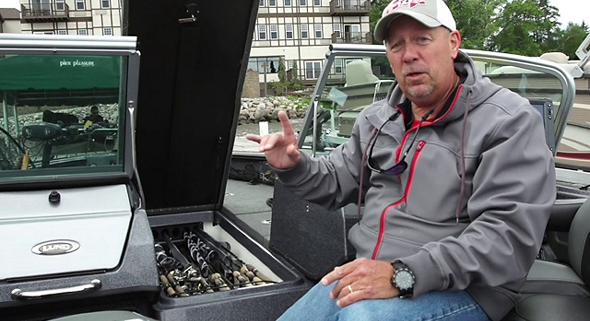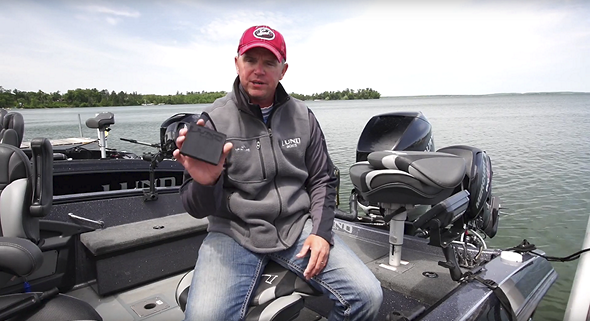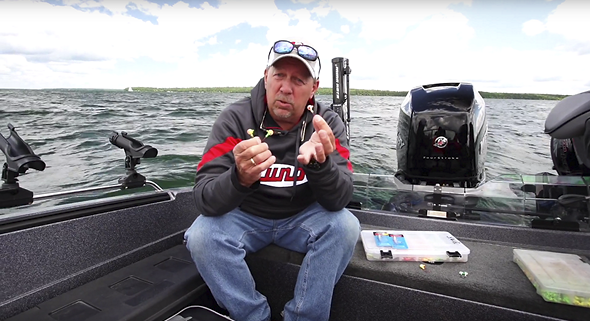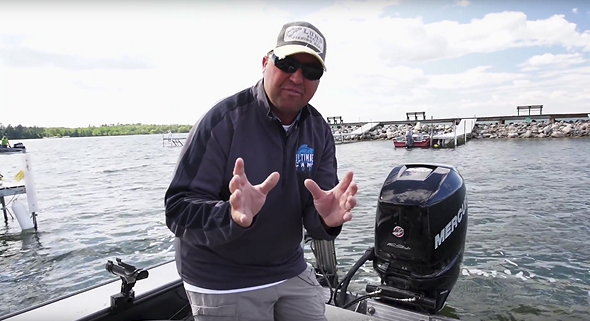Tactics for catching pike year-round
Learning how to catch pike all year hinges on understanding the locations and fishing presentations they prefer during the different seasons.
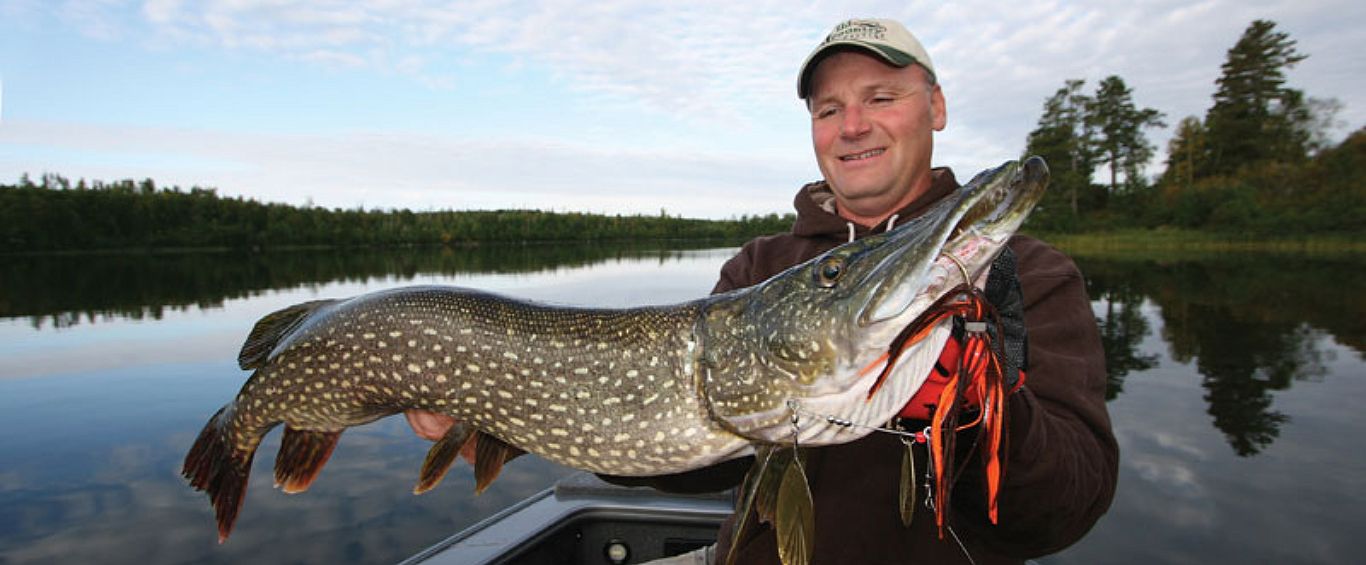
Learning how to catch pike all year hinges on understanding the locations and fishing presentations they prefer during the different seasons. To help explain these fundamentals, we asked northern pike expert and Lund Boats pro, Billy Rosner of Wild Country Guide Service (wildcountryguideservice.com), to share his top tips for catching pike year-round.
Catching pike in the spring
Rosner consistently catches pike in spring from shallow bays no more than eight feet deep containing cabbage beds, wild rice or other vegetation. Bays should also hold baitfish, which is a year-round essential ingredient for finding pike.
Rosner prefers trolling shallow-running crankbaits, such as Rapala’s Original Floating lure in F07 and F09 sizes. The tactic helps him quickly cover water within large, shallow bays. With 7’ to 8’ trolling rods set in rod holders secured in Lund’s exclusive Sporttrak system and perfectly positioned for the conditions, Rosner weaves his 1875 Pro Guide over weed beds and along edges at 2.8 to 3 miles-per-hour using his 90 horsepower Mercury tiller’s trolling mode feature. As lures swim quickly overhead, pike can’t help but lash out and strike.
Pro Tip: Rosner likes 12-pound monofilament as its buoyancy keeps crankbaits swimming above (not into) vegetation and has enough strength to land big pike. A 12” Terminator titanium leader is used to prevent bite-offs.
Catching pike in the summer
Hot weather eventually warms shallow water to uncomfortable levels for pike, causing fish to move to deeper, cooler areas. Healthy weeds in 10 to 14 feet holding baitfish often attract pike in summer.
Pro Tip: Rosner favors areas where the vegetation growth stops two to three feet below the surface. This space provides open, fishable water for retrieving lures.
Casting a big spinnerbait, like a 8-1/4” Blue Fox Super Bou, or a large inline spinner, Rosner dissects the tops and outside edges of deep, cabbage, experimenting with fast to slow retrieve speeds to trigger strikes. Big topwaters are another presentation pike lurking below can’t resist.
Pike also relate to deep rocky points and breaks where rock meets mud or sand bottoms holding schools of perch during summer. “Depth can range from 12 to 24 feet, depending on the transition,” Rosner said. “Steep breaks are a plus.”
Rosner catches pike casting and trolling Rapala Shad Raps, Storm ThunderSticks and other deep-diving crankbaits. Vertically fishing a 1/2-ounce jig with a 4” Kalin’s grub can also be effective.
Catching pike in fall and winter
As days grow shorter and water temperatures cool, pike fishing heats up. In late October and November, Rosner routinely catches giant pike up shallow in Minnesota and Wisconsin. Tullibee and whitefish are spawning on gravelly, hard bottom areas in six to 10 feet on points, reefs and around islands — and pike move shallow to capitalize on the abundance of forage.
Trolling Storm FlatSticks, Rapala Super Shad Raps and other 5-1/2” to 8” crankbaits along contour lines catches Rosner pike feeding on two- to three-pound tullibee and whitefish. Casting these baits also catches pike. Rosner praises the spacious front deck of the 1875 Pro Guide, which allows two anglers to safely and comfortably cast baits from the bow.
Pro Tip: Health vegetation remains a key location for pike. Rosner explains:
“A lot of vegetation dies off in autumn and the baitfish leave, but if you can find green cabbage, or any kind of green, deeper weeds, odds are there’s going to be good baitfish in there and big predators around.”
For Rosner, and many Lund fishing boat owners, winter pike strategies involve tip-ups on the ice. However, anglers with access to open-water winter pike opportunities are wise to continue applying the formula of locating baitfish around healthy weeds, points, breaks, flats and other structures.
The next time you launch your Lund boat in pursuit of toothy northerns, keep the above seasonal locations and fishing tactics in mind. Follow Rosner’s tips and you’ll successfully catch pike year-round.
Get Updates
Sign up for our newsletter
